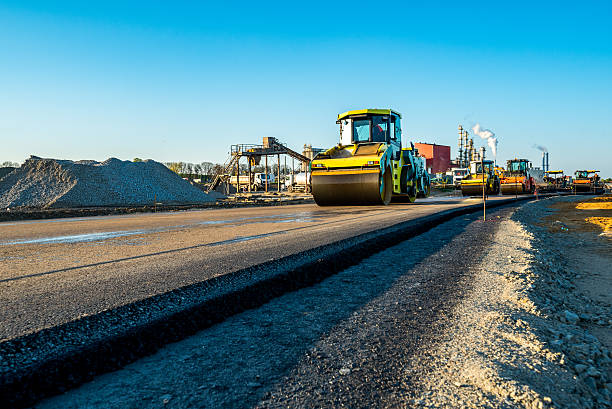Steps Involved to Construction of National Highways
Building a national highway is a complex and challenging process that requires a high level of coordination, planning, and execution. The following is a step-by-step guide to constructing a national highway in India.
Step 1: Planning and Design
The first step in constructing a national highway is to determine the route and conduct a feasibility study. This will help to identify potential issues and challenges, such as topographical difficulties, land acquisition, and environmental concerns. Based on the results of the feasibility study, a detailed plan is developed that outlines the scope of the project, including the design, construction methods, and timeline.
Step 2: Environmental and Social Impact Assessment (ESIA)
Before construction can begin, an ESIA must be conducted to assess the impact of the highway on the local environment and communities. The ESIA will identify any potential environmental or social impacts, such as the loss of wildlife habitat, displacement of people, or increased air and noise pollution. Based on the results of the ESIA, mitigation measures may be recommended to minimize the impact of the highway on the environment and local communities.
Step 3: Land Acquisition
The next step is to acquire the land needed for the construction of the highway. This can involve negotiating with individual landowners, as well as working with local governments and communities to secure the necessary permits and approvals. In India, the Land Acquisition Act 2013 governs the process of acquiring land for public projects, including national highways.
Step 4: Procurement of Materials and Equipment
Once the necessary land has been acquired, the next step is to procure the materials and equipment required for construction. This can include asphalt, concrete, and other construction materials, as well as heavy machinery such as bulldozers, backhoes, and cranes. The procurement process must be managed carefully to ensure that the right materials are obtained at the right time and within budget.
Step 5: Construction
The construction of a national highway typically involves several stages, including site preparation, excavation, grading, and paving. The construction process is managed by a team of engineers and technicians, who oversee the work of the contractors and ensure that the project is completed on time and within budget.
Step 6: Quality Control
Quality control is an essential aspect of national highway construction, and it is essential to ensure that the final product meets the specified standards and requirements. This can include testing the strength and durability of the materials used, conducting regular inspections of the construction process, and monitoring the quality of the finished product.
Step 7: Maintenance and Operations
Once the national highway has been completed, it must be properly maintained to ensure that it remains safe and functional for years to come. This can include regular inspections and repairs, as well as routine maintenance activities such as repaving and resurfacing.
Conclusion
Constructing a national highway is a complex and challenging process that requires a high level of coordination, planning, and execution. By following these steps, and working closely with local communities, engineers, and contractors, it is possible to build a high-quality national highway that meets the needs of the people and the environment.




